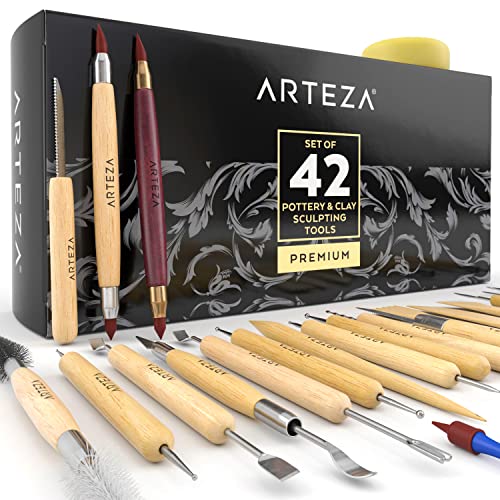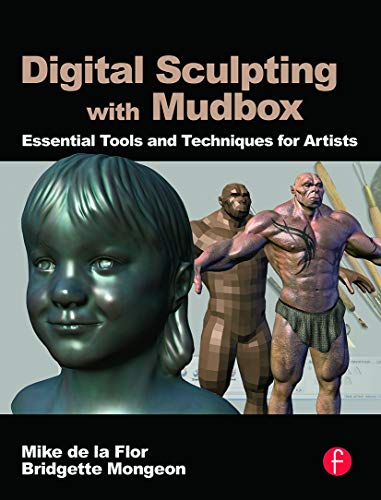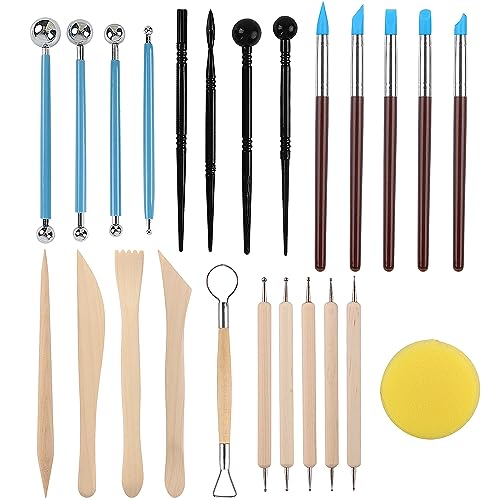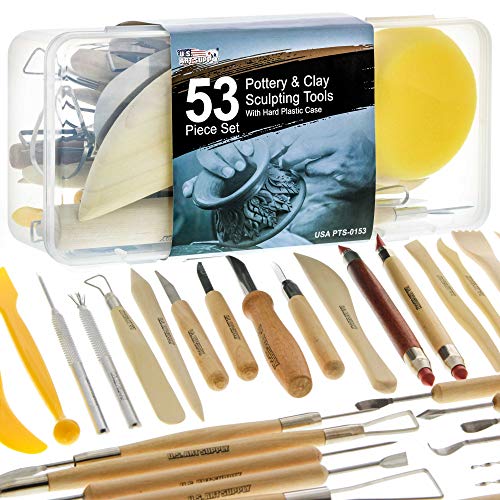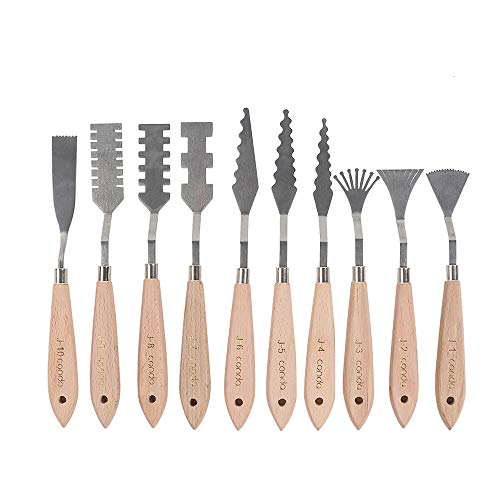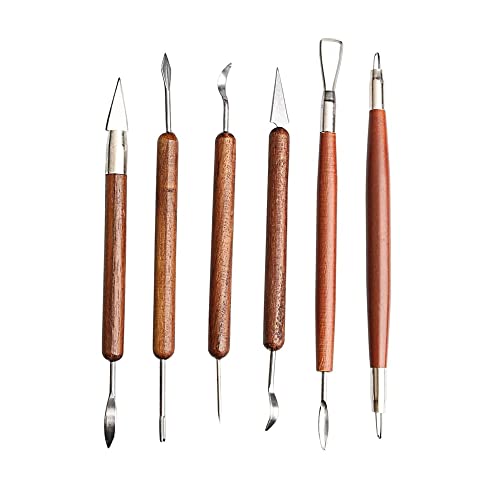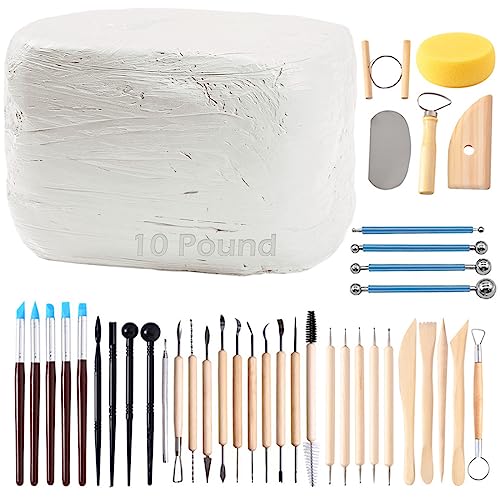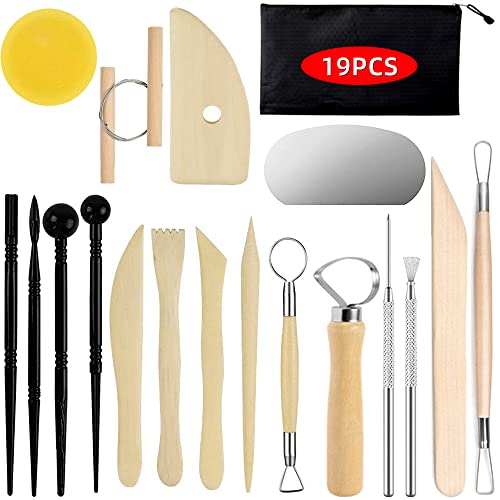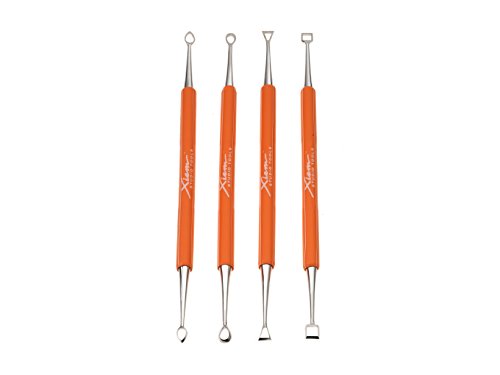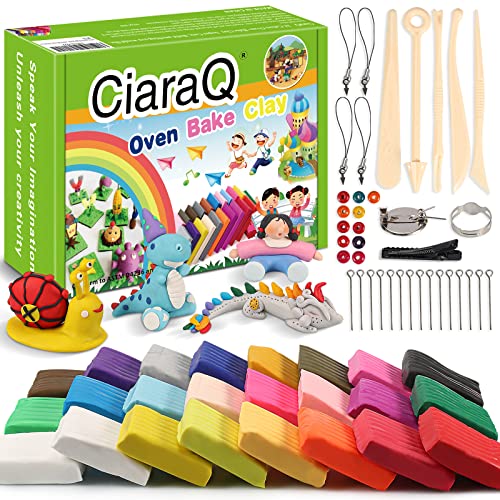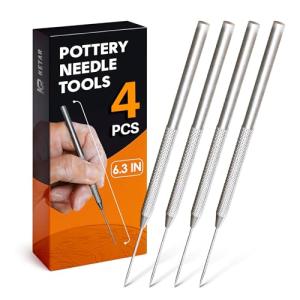Sculpting tools are the extensions of an artist's hands, allowing them to bring their visions to life through the tactile manipulation of various materials. These tools are indispensable in the world of sculpture, enabling artists to carve, mold, and shape their creations with precision and finesse. In this article, we will delve into the fascinating world of sculpting tools, exploring their types, functions, and the crucial role they play in the artistic process.
The Diverse World of Sculpting Tools
Sculpting tools come in a myriad of shapes and sizes, each designed for specific tasks and materials. Here are some essential categories of sculpting tools:
Hand Tools: These are the artist's closest companions in the studio. Hand tools include rasps, chisels, and loop tools, which come in various shapes and sizes, allowing for fine detailing and broader shaping. Chisels are used for carving away excess material, while loop tools are excellent for smoothing and hollowing.
Modeling Tools: Artists often use their hands or specialized modeling tools to shape softer materials like clay and wax. These tools can have rounded tips, flat edges, or pointed ends, offering versatility in creating intricate details and contours.
Wire Tools: Wire tools, such as wire loops and wire cutters, are essential for sculptors working with clay or plaster. These tools help in cutting, slicing, and removing excess material while maintaining control over the form.
Calipers: Calipers are precision tools used for measuring and ensuring accurate proportions in a sculpture. They come in various designs, including inside and outside calipers, and are invaluable for achieving symmetry and balance in a sculpture.
Rasps and Files: Rasps and files are used for refining and smoothing the surface of a sculpture, especially in wood and stone carving. They remove material efficiently and leave a textured or polished finish, depending on the type used.
Power Tools: In contemporary sculpture, power tools like rotary grinders, pneumatic hammers, and angle grinders have become indispensable for larger and more complex projects. These tools save time and effort, allowing artists to work on a grander scale.
The Importance of Material-Specific Tools
One of the critical aspects of sculpting tools is their adaptability to different materials. Sculptors often work with materials like clay, stone, wood, metal, and even ice, each requiring specialized tools and techniques.
Clay Tools: Clay sculpting tools are typically made of wood, metal, or plastic and come in various shapes and sizes. They allow artists to mold, smooth, and shape clay with precision.
Stone Carving Tools: Stone carving demands robust tools like chisels, mallets, and diamond-tipped rasps, as stone is a much harder material to work with. The choice of tool depends on the type of stone and the desired texture.
Wood Carving Tools: Wood carving tools include gouges, chisels, and mallets, which are designed to remove wood efficiently. Artists can create intricate patterns, textures, and details in wood sculptures.
Metal Sculpting Tools: Metal sculptors often use welding equipment, plasma cutters, and grinders to manipulate metal sheets and create three-dimensional artworks. These tools require a high degree of skill and safety precautions.
The Artistry of Tool Selection
Selecting the right sculpting tools is an art in itself. Artists must consider the material they're working with, the desired texture and finish, and the level of precision required for their project. Skill in tool selection and usage comes with experience, as artists develop an intuitive understanding of which tools will best bring their vision to life.
Sculpting tools are the unsung heroes behind every sculptor's masterpiece. They facilitate the transformation of raw materials into works of art, offering endless possibilities for creativity and expression. Whether working with traditional hand tools or cutting-edge power tools, sculptors rely on these instruments to translate their artistic vision into tangible forms that captivate and inspire. As artists continue to push the boundaries of sculpture, sculpting tools remain an essential and timeless part of the creative process.
